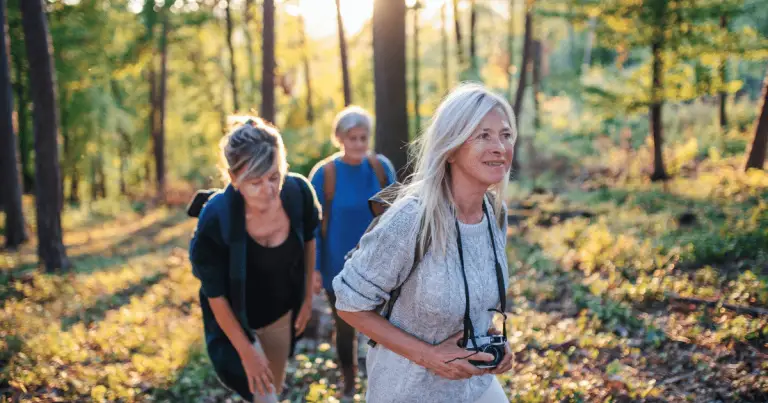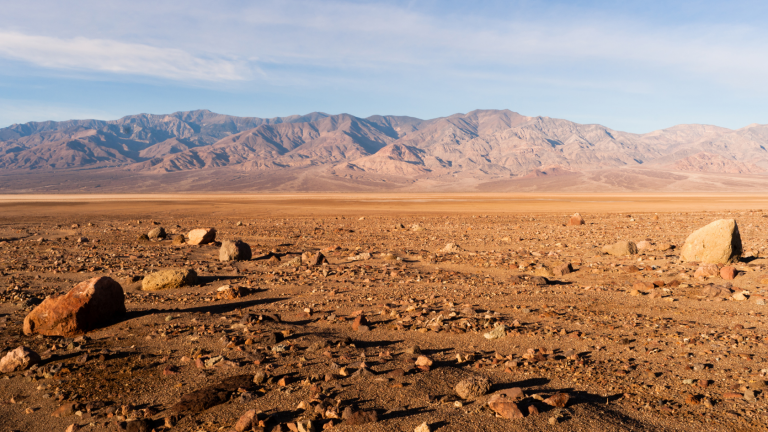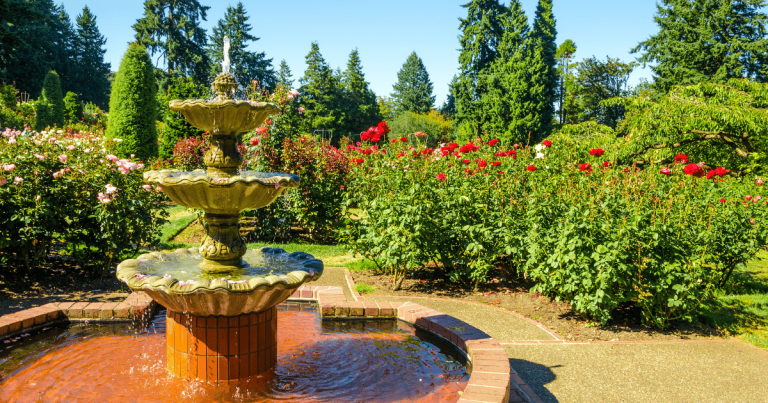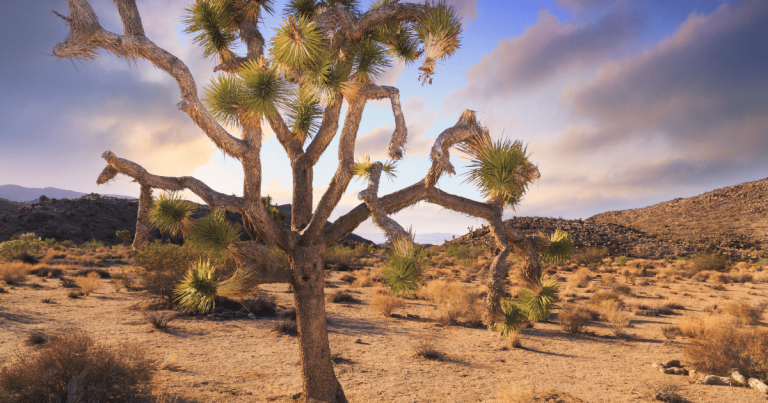When Is the Worst Time to Visit Yellowstone?
Yellowstone National Park is a popular tourist destination with millions of visitors every year. It is a park that is spread across more than 2 million acres, located in the western United States. However, if you’re planning a visit to this iconic place, it’s important to be aware of the worst times to visit Yellowstone. During these periods, the park can become more of a challenge than a pleasure.
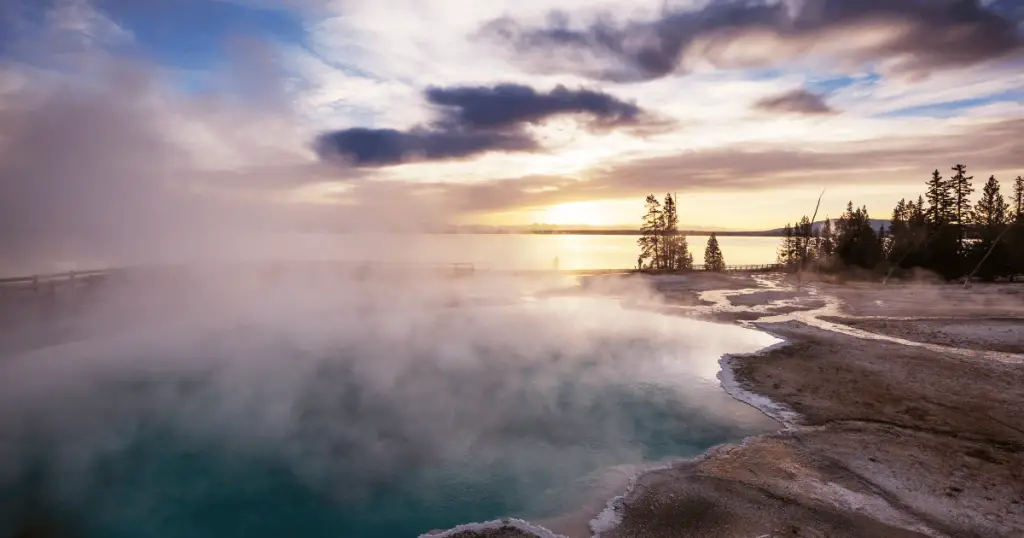
Harsh Winter Months: December to February
During the harsh winter months, namely December through February, Yellowstone National Park experiences extreme winter conditions that significantly limit accessibility. Dense, heavy snowfall often results in road closures, making it a challenge for visitors to navigate the park.
Many popular areas during the summer months become inaccessible or potentially dangerous due to the accumulation of snow. Moreover, accommodations and services within the park are sparse during these months, as many facilities close for the season due to the severe weather conditions.
Thus, planning a visit during this season requires careful consideration and preparation, as the beauty of the snow-covered landscapes is balanced by the challenges posed by the extreme winter conditions.
Spring Shoulder Season: March to May
Springtime in Yellowstone, spanning March through May, is notorious for its unpredictability. The lingering snowpack from the winter months often extends into the early spring, resulting in potential road closures and limited park accessibility.
Furthermore, the unpredictable nature of the weather during this period can mean sudden snowstorms or cold snaps, keeping the park’s landscape under a wintry blanket longer than anticipated. In terms of activities and amenities, early spring sees limited availability.
Many of the park’s popular trails may remain closed due to icy conditions, and services within the park, such as accommodations and eateries, continue to operate at reduced capacity. Therefore, while the thawing snow reveals scenic vistas and the burgeoning of new life in the park, visitors during the spring shoulder season should be prepared for a gamut of conditions and restricted access to certain areas and services.

Crowded Summers: June to August
The peak summer months from June through August welcome a flood of visitors to Yellowstone National Park, resulting in overcrowding. The allure of warm, sunny weather and the promise of seeing nature in full bloom draws large crowds, leading to long lines at entrance points and attractions.
Popular trails become congested, resembling busy city sidewalks, and campgrounds become packed to capacity. At times, finding a vacant spot can feel like a competitive sport. The overcrowding also has a significant impact on the park’s tranquility. The increased noise and activity can make it challenging to find solitude or engage in peaceful reflection amidst nature.
Furthermore, the crowds of people often deter wildlife, affecting viewing opportunities. The typically serene park transforms into a bustling hub during these months, requiring visitors to navigate through the chaos to experience the park’s true essence.
Therefore, while summer promises abundant beauty and diversity, the high influx of visitors can impose challenges to a tranquil and authentic park experience.
Unpredictable Fall Weather: September to November
Yellowstone National Park, during the fall months of September through November, is characterized by highly variable and unpredictable weather conditions. As summer gives way to fall, the weather can shift dramatically, with mild, balmy days quickly turning into cool, crisp evenings.
While the changing foliage provides a breathtakingly colorful spectacle, visitors must stay prepared for sudden alterations in the weather. The possibility of early snowstorms is a significant factor to consider.
These abrupt weather changes can lead to sudden road closures, challenging travel within the park and potentially stranding unprepared visitors. As fall progresses into late October and November, the risk of snowstorms increases, further enhancing the unpredictability of park accessibility.
There is a noticeable decline during these months in terms of services and accommodations. Many visitor services begin to shut down for the winter, and access to accommodations becomes increasingly limited.
Therefore, while the fall season can offer a beautiful and less crowded experience, visitors should be prepared for rapidly changing conditions and fixed services.
The Best Times to Visit Yellowstone National Park
If you want to avoid the harsh winter conditions, the overcrowded summer months, and the unpredictability of fall weather, the optimal seasons to visit Yellowstone National Park are spring and fall.
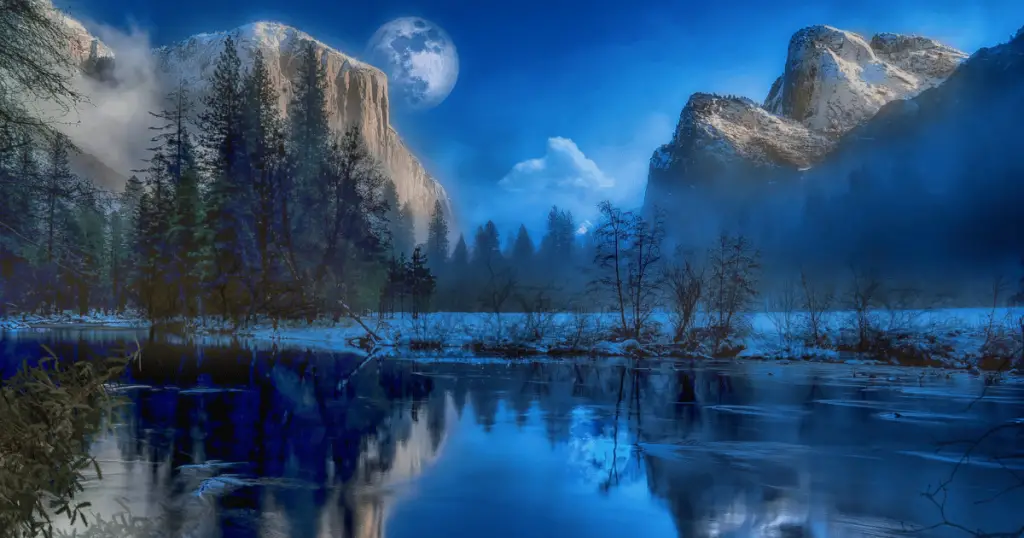
Spring and Fall as Optimal Seasons
Spring, from late May to early June, is a magical time in Yellowstone. The park is coming alive with new growth, and the wildlife is becoming more active. Fall, particularly September, allows you to experience Yellowstone in cooler, calmer conditions.
The park is awash with a colorful palette of autumn foliage, creating a picturesque backdrop for outdoor activities such as hiking, wildlife viewing, and photography.
Reasons for Visiting During These Times
These seasons offer moderate weather conditions and fewer crowds, enhancing the opportunity for a tranquil experience. The milder weather conditions during these periods encourage outdoor exploration.
Furthermore, wildlife spotting is optimal during these times, as animals are more active during the cooler parts of the day that are characteristic of these seasons.
Additionally, visitors have more access to accommodation and services during spring and fall in comparison to the summer months and winter seasons.

Highlights of Each Season’s Offerings
During the spring, you can enjoy the sight of newborn wildlife and the blooming of wildflowers. Trails that were closed during winter begin to open, allowing you to explore more park areas. On the other hand, fall offers a unique spectacle of changing colors as the park’s vegetation prepares for the winter.
The aspens and cottonwoods turn to gold, orange, and red hues, providing a visually stunning contrast against the evergreen pines. Wildlife is also readily visible as animals prepare for the upcoming winter. Each season offers a unique way to experience the wonders of Yellowstone National Park.
Conclusion: The Worst Time to Visit Yellowstone
To sum up, Yellowstone National Park provides a unique and fulfilling experience throughout the year. Regardless of the season, there is always something to appreciate. Spring brings new life and fall presents a vibrant palette of colors.
Summer and winter exhibit the park’s raw beauty, while the shoulder seasons offer serenity and a peaceful atmosphere. Whether you choose to visit during the busy summer months or the quieter periods of spring and fall, your journey through Yellowstone will be an unforgettable exploration of nature’s magnificence.
The park boasts breathtaking landscapes, an abundance of wildlife, and mesmerizing geysers that can be found throughout the park. Each season brings its own charm and wonder, leaving you with a deeper appreciation for the natural world and the desire to return and explore more.

